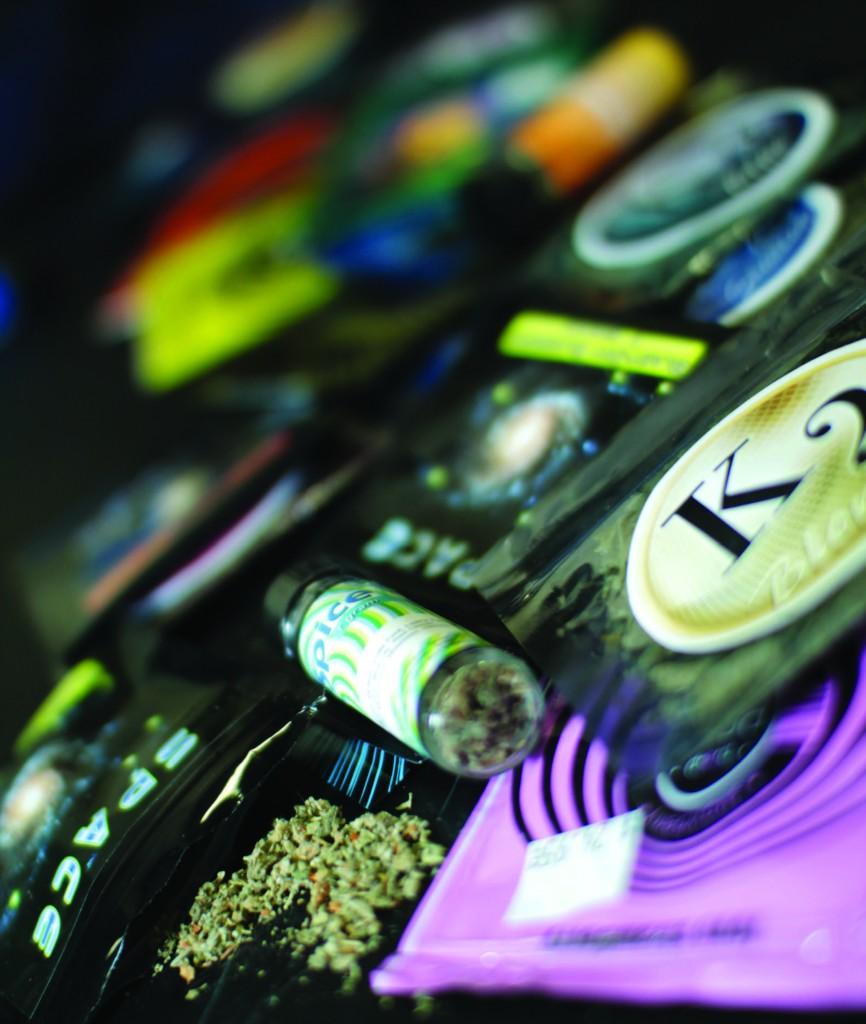Viewpoint by Colt Langley/managing editor
When buying books at the start of a semester, many students wonder if they can sell the books back when classes end and get a decent price.
It’s something to think about, especially when students must buy a lab book. Classes like geology and BCIS 1405 both require some sort of a lab manual, and these books usually come as loose-leaf packets. The campus bookstores won’t buy them back. So students are stuck with them.
Not only is that annoying, but those loose-leaf packets are a pain just to keep in good order when the pages rip out every other class.
Sometimes a lab course can be online. For instance, math and Spanish both require students to have individual accounts for the lab portion.
Why should I have to buy an account for something I’m only going to use for three and a half months at most? Not to mention, these subscriptions usually last a year. I shouldn’t have to pay for a full year’s worth of MyMathLab when I only need one math credit anyway.
Students must either purchase a lab book with a fresh barcode that no one else has registered or get a friend or family member who recently took the course to let them use his/her account.
The barcode provides students proof of purchase so they can register for the online portion. But once students sign up on that barcode, they can’t resell it. It’s theirs for however long the subscription lasts.
Another problem occurs when bookstores won’t buy back out-of-date textbooks. Publishing companies often decide to release a new edition with only minor changes. What’s the point in that? Of course, it’s money, but between tuition and the price of books alone, students are already paying an arm and a leg.
I have a suggestion for instructors and department heads: When a class requires a student to have more than one or two textbooks, divide classes into groups and assign just one book or one part of a book to each group, then have each group present to the class the lessons they learned from the assigned readings.
Not only does this cause an interactive learning environment among students, but it also saves money for the student. This way, students won’t have to worry about purchasing four or five textbooks.

























